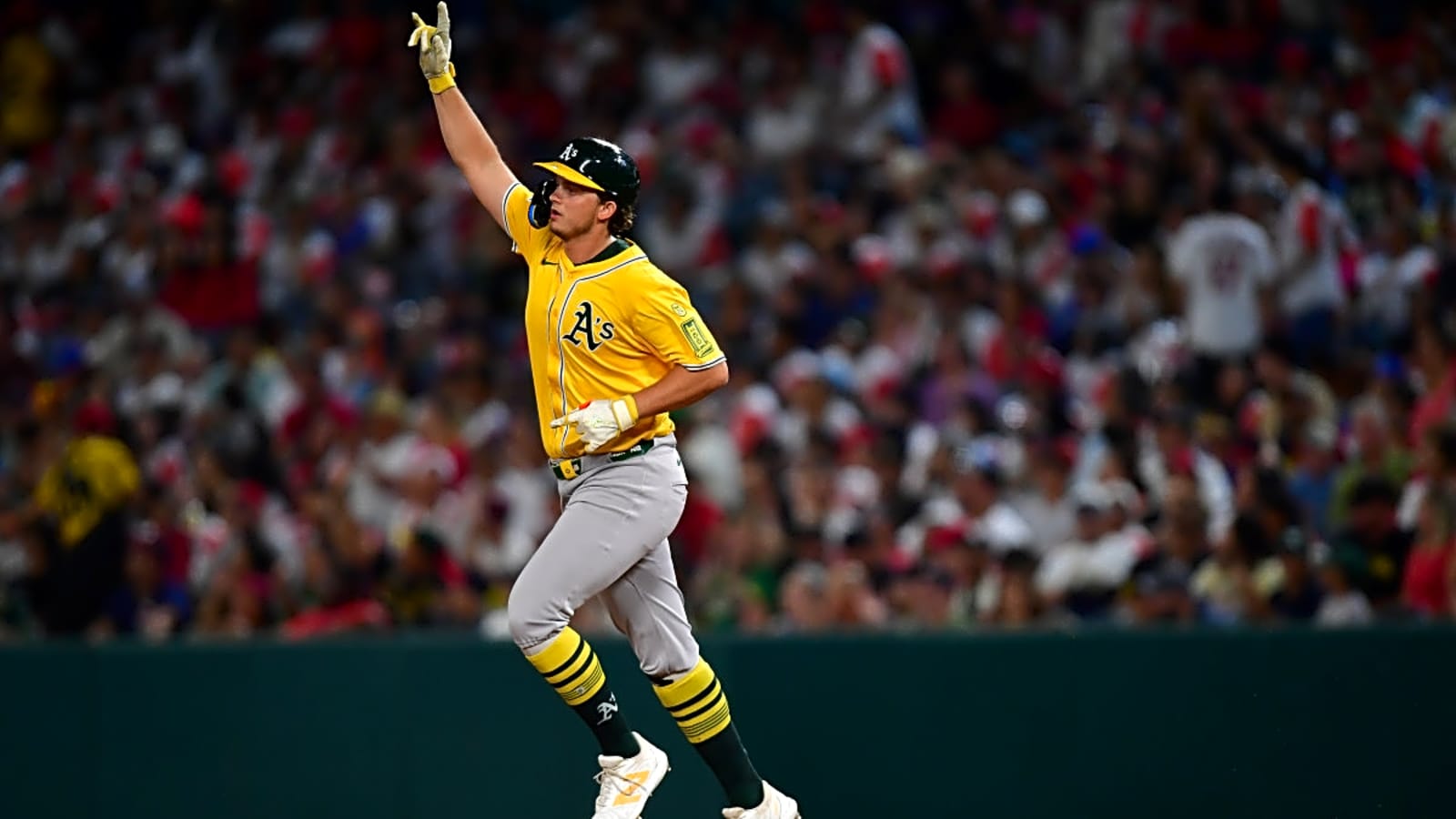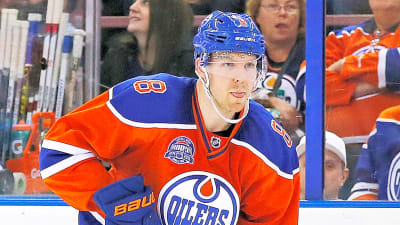
In the $13 billion baseball card market of 2025, accurate tools and data are essential. To find treasures, consider digital scans, grading reports, and auction sales. This guide lays it out for average collectors: Check PSA's Auction Prices Realized for certified deals (Shohei Ohtani PSA 10 rookies hit and average of $3,472 this year, up from previous peaks), use apps like CollX for fast scans, and use Beckett for ungraded baselines. Low-pop (population of graded cards) reports add scarcity premiums, while conditions can increase slabbed values by 5 to 20 times.

Your 2025 Topps Pro Debut Roman Anthony card could show $100+ overnight with a fast scan. However, if you don't do a thorough valuation, you risk underselling a hobby that could reach $21 billion by 2034. You're not by yourself. In addition to dealing with premiums due to condition and trends like Topps Chrome refractors (up 15% YoY), intermediate collectors frequently combine raw stacks with graded hits. AI-powered apps have replaced outdated print guides. Everything is mapped out in this authoritative guide: Cash in, weigh factors, use tools like PSA and Beckett, and identify your cards. With the support of actual 2025 data, you can confidently appraise, turning curiosity into money.
What are the stakes? In a market that has increased 17% overall this year, raw cards fetch baselines, but slabs multiply values. Let's strengthen your advantage.
Step 1: Identify and Inventory Your Cards for Baseline Valuation
Cataloging Essentials with Digital Tools
Go here to get started. Record the player, card number, year, set (e.g., 2025 Topps Update), and variations such as autos or parallels. This is handled by apps like CollX, which use photo scans and claim to be 95% accurate auto-pricing against over 20 million cards. It quickly pulls eBay market medians by snapping front and back. eBay also recently launched a card-scanning feature in its mobile app. Just go to My eBay in the bottom toolbar and scroll down to “Shortcuts”. You should see a new entry titled “Scan cards”. Make sure you select the correct card variation and the market data flows in immediately.
Spreadsheets or SportsCardsPro are excellent for large quantities. Add pictures of the flag's corners, edges, and centering. Friendly advice: Focus on Hall of Famers and rookies, as they account for 80% of the value. Those commons from the 1990s? Raw prices are frequently less than $0.10. Track 50–100 cards every week to identify keepers.
Spotting High-Potential Cards in 2025 Trends
After the post-pandemic correction, the baseball card market has matured into a $15-20 billion hobby in 2025. Collectors prefer authentic vintage, rare parallels, and high-grade rookies over raw wax. Sharper designs and more inventive chase cards have been made possible by Fanatics/Topps' exclusive MLB license, but values remain closely tied to on-field performance. A prospect's Bowman Chrome auto can still rise by more than 500% in a single breakout month, while slumps erase gains just as quickly.
The smart money this year had mixed blue-chip stability with calculated speculation. PSA 8+ vintage icons (1952 Mantle, T206 Wagner) for stores of value, current superstars like Ohtani, Judge and Skenes for consistent demand, and early cards of touted prospects (Dylan Crews, James Wood, Roman Anthony, Elly De La Cruz, and surprise mid to late-season rockets like Nick Kurtz and Trey Yesavage) are all part of the smartest money in 2025. Purchasing talent ahead of the mainstream, smart grading, and sifting through the hype are the keys to success.
Step 2: Leveraging Core Appraisal Tools: PSA, Beckett, and Beyond
PSA Price Guide: Auction-Driven Certified Values
For slabs, PSA's Auction Prices Realized (APR) are crucial. Everything Ohtani is exploding higher. Sort the populations and grades to understand scarcity.
Beckett Online Guide: Ungraded and Trend Insights
Tiers of subscriptions (as of 2025):
- Basic (free): Only displays "low/high" ranges for graded cards and has very few recent sales.
- OPG Premier ($12/month or $99/year): Complete access to "last 10 sales" comparisons, 180-day and 365-day trend percentages, ungraded values, and the crucial ungraded pricing column.
- Total Access ($250/year): Adds portfolio tracker, population reports, organize sets, etc. Most serious investors/flippers use Premier or Total Access.
Portfolio tracking, population reports, set organization, and other features are included in Total Access ($250/year). The majority of serious investors and flippers use Premier or Total Access. The main benefit over "sold" listings on eBay: Beckett displays distinct columns for each graded tier (PSA 8, 9, 10, BGS 9.5/10, SGC, etc.) and Raw (ungraded). This is significant because Beckett is the only trusted guide that specifically prices raw cards, and raw cards nearly always trade 30-70% below high-graded comps.
Just to let you know, here is a list of some of the highest-priced sports cards ever sold:
- The 10 Most Expensive Basketball Cards Ever Sold – And What Makes Them Priceless
- The Most Expensive Football Cards Ever Sold: 2025 Update on Million-Dollar NFL Treasures
- The 10 Most Expensive Baseball Cards Ever Sold-and Why They Fetch Millions
Free Apps and Quick Scans for Instant Estimates
- CollX: Is a fantastic marketplace with the fastest scans (2–5 seconds), a database of over 20 million raw values, and simple 30/90-day percentage arrows. However, mis-ID parallels frequently occur.
- eBay: The most accurate real-time eBay sold comparisons and is the best tool for tracking the current market state.
- Ludex: Clean price history charts, multi-marketplace raw pricing, unlimited free scans, and the highest scan accuracy (98%+).
- Cardbase: a reliable database of 13.5 million cards, simple collection building, and raw estimates with straightforward trend graphs.
- Cardstock: 500 free scans, fast raw/graded toggle, clean independent scanner, and useful for sharing photos.
Step 3: Key Valuation Factors: Condition, Rarity, and Market Dynamics
Condition Assessment and Grading ROI
- Self-grade 1–10 (50/50 centering maxes and highs).
- Send raws totaling $200 or more to PSA/Beckett ($15-125, 5-45 days).
- Slabs increase in number: Griffey Jr., 1989. $2K PSA 9 to $200 raw.
- The population reports flag scarcity.
2025 hack: For liquidity, grade early (like Topps or Bowman Chrome prospects). ROI? 5-20 times the average when they hit, but factor in fees.
Rarity, Player Legacy, and 2025 Trends
- Strike a balance between demand (Ohtani/Judge +20%) and print runs (/25 parallels 10x base).
- Modern products fluctuate wildly, while vintage products hold steady. Hot right now: Nick Kurtz, fresh off his Rookie of the Year award.

Step 4: Professional Appraisals and Selling for Maximum Returns
When to Seek Expert Help
- Anything with potential for a big multiple over raw pricing (think 5x or more).
- Huge bulk lots (1,000+ cards) where you have zero time to sort. These types of buyers like services that will do the heavy lifting for free if they think there's value to be uncovered. You can find them here:
Just Collect PWCC Marketplace Heritage - Weird error cards, oddball regional issues, or pre-war stuff. I've seen people think a T206 common is $50, and it's actually a rare variation worth $2k because nobody online has comps.
How about when you absolutely do NOT need to pay for an appraisal?
- 99% of modern cards are under $1,000 raw. Between eBay “solds”, 130point.com, CardLadder, and Market Movers, you should be able to find enough data to decide on.
- Anything you can scan with CollX or look up on PSA APR in under two minutes.
- Post-1980 stuff in general. The market is brutally efficient now.
Monetization Channels and Auction Strategies
eBay: Test demand begins at $.99 (80% close). $1K+ heritage premiums (10–20% fees). 2025: Hold prospects for 30% pops; breaks for value teams (Red Sox Mayer cars under $50).
Overpricing commons is a trap. 10–20% less under comps. Weekly sales are tracked.
What is the quickest way to determine an item's true value in 2025? Let the market yell at you when you list it on eBay for $.99 with quality photos in a seven-day auction. I've seen cards close at $4,200 that I thought were $400 sleepers. I’ve also seen $180, "sure things" have also stalled for much lower. Real money on the table is the fastest way to learn.
The advice I was given from someone who does this for a living is:
- For anything under $2k, trust the data from the sources we talked about.
- On anything over $10,000, trust the major auction houses.
- Everything in the middle is a judgment call. But you have to understand that every time you score a big hit or get burned, your ability to recognize the factors improves.
List it, scan it, and comp it. Pay for an appraisal only if the benefits outweigh the inconvenience or if it's mandated by law. Follow this process, and you don't just feel smart, you actually maximize returns.
Once begun, half done...
Accurately estimating baseball card values gives collectors the tools they need to thrive in the erratic 2025 market. Through PSA submissions and expert assessments, you combine unfulfilled potential to real profits. Should you chase modern rarities or vintage stars? Keep an eye on trends and arm yourself for steady success. Immerse yourself: PSA-search Ohtani, CollX a box or two, and regularly test eBay. Your collection is not a hobby but an asset. Act now.
More must-reads:
- Tatsuya Imai comments on the Dodgers: 'I want to beat them!'
- Rockies are confident Warren Schaeffer is their manager for the long haul
- The 'Most catches by an NFL running back' quiz
Breaking News
Trending News
Customize Your Newsletter
 +
+
Get the latest news and rumors, customized to your favorite sports and teams. Emailed daily. Always free!








